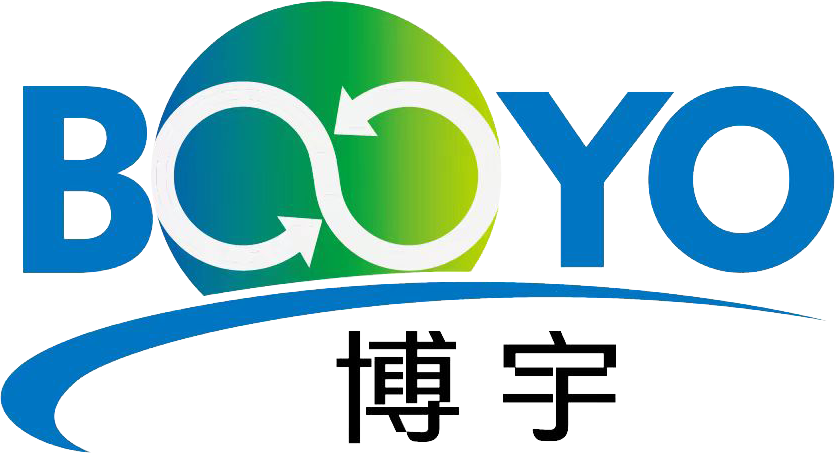
Our News
Find out about our latest news here.
Latest News
- ▶ Sulfur Degassing: Process Routes, Equipment, and Engineering Considerations
- ▶ Desander Skid Package for Oil, Gas, and Process Applications
- ▶ 185MW Condenser Successfully Completed Supporting APAC Pulp & Energy Development for APP Indonesia OK18
- ▶ Large Shell and Tube Condenser for Power and Process Industries
- ▶ Shell and Tube Heat Exchanger Cost Estimate: A Complete Guide for Buyers
- ▶ Iraqi Client Visited Boyu Industry for Technical Inspection of Condensers and Process Columns
Message
1. Introduction
Tower vessels, also known as process columns, play a vital role in the petrochemical industry. These tall, cylindrical pressure vessels are primarily used for mass transfer and separation processes involving gases, liquids, or vapors. In petrochemical plants, tower vessels are essential components in the production of fuels, chemicals, and other derivatives derived from crude oil and natural gas.
2. Main Types of Tower Vessels
Depending on the function and process requirements, tower vessels are classified into several types:
Distillation Towers:
Used for separating mixtures based on differences in boiling points, such as crude oil distillation units in refineries.Absorption Towers:
Used to remove specific components from gas streams, such as CO₂ or H₂S, using a liquid absorbent.Stripping Towers:
Used to remove volatile components from liquid streams by introducing vapor or gas at the bottom.Scrubber Towers:
Designed to remove dust, mist, or harmful gases from process streams through chemical or physical absorption.Desulfurization Towers:
Applied in flue gas desulfurization (FGD) systems to eliminate SO₂ emissions before releasing gases into the atmosphere.
3. Working Principle
The operation of a tower vessel depends on the principle of mass transfer between phases—usually gas and liquid.
Inside the column, various internal structures such as trays, packing, or baffles are used to enhance contact efficiency between phases. The choice of internals depends on factors like pressure, temperature, and chemical properties of the media.
For example:
Tray towers (bubble-cap, sieve, or valve type) are common in large-scale distillation.
Packed towers are ideal for low-pressure operations, providing a large surface area with minimal pressure drop.
4. Applications in Petrochemical Processes
Tower vessels are indispensable in numerous petrochemical operations, including:
Crude Oil Refining:
Fractionation towers separate crude oil into components like naphtha, kerosene, diesel, and heavy residues.Gas Treatment Units:
Absorber and stripper towers are used for acid gas removal (e.g., amine treatment of natural gas).Aromatics Production:
Towers separate benzene, toluene, and xylene (BTX) through complex distillation processes.Hydrogen and Ammonia Plants:
Used in gas purification, CO₂ removal, and methanation systems.Environmental Control Systems:
Scrubber and desulfurization towers ensure compliance with emission standards.
5. Material and Design Considerations
In petrochemical environments, tower vessels must withstand high temperature, high pressure, and corrosive media.
Common materials include:
Carbon Steel (CS) for general use;
Stainless Steel (304/316) for corrosion resistance;
Alloy Steel or Titanium for highly aggressive conditions.
Design codes such as ASME Section VIII, API 650, and EN 13445 are typically followed to ensure safety, reliability, and long service life.
6. Conclusion
Tower vessels are at the heart of petrochemical processing, enabling efficient separation, purification, and treatment of various feedstocks and by-products.
As the industry moves toward cleaner and more energy-efficient operations, modern tower designs—featuring advanced packing materials, computational fluid dynamics (CFD) optimization, and modular construction—are becoming increasingly important for improving process performance and sustainability.
PROFESSIONAL CONSULTATION
If you are interested in our products and want to know more details, please leave a message here, we will reply you as soon as we can.